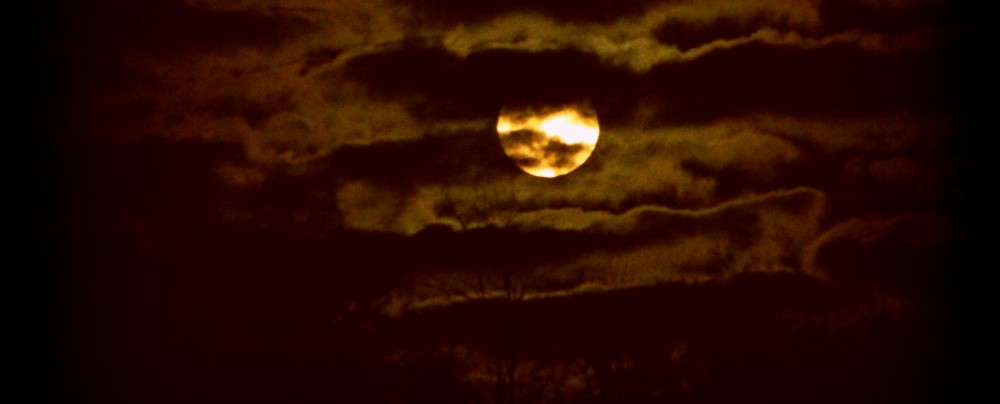By: Naomi Khanna
Even after we turn off the movie or close the book, we replay the scariest moments of a horror story in our minds. And chances are we will remember what caused us to register our initially terror, whether it be a scary face or horrifying words uttered by the villain. Whether it’s the first story that scared us as a child, or the most recent, identifying with an element of a horror story, helps prime our initial fear. Furthermore, when a child is the audience of a horror story, clear cut elements allow kids to insert themselves into the story amplifying the scary scenario. In other words, it raises the stakes for the child, making the story feel more real. For example, a scary story around a campfire about a murderer running loose in the woods, preys on the fact that while the story is told, the listeners are typically in the middle of a dark woods. This experience of scary stories and urban legends are often shared with children. Furthermore, identifying with a character of a horror story amplifies the terror felt by the reader or audience.
The first piece of media that scared me was in a Doctor Who episode titled “The Empty Child”. When I was around age eight, while I was alone and away from my parents at camp. The part of the episode that truly horrified me was the little kid with a gas mask plastered to his face going around asking people if they were his “mummy”. While searching for his mother, all the other children he encountered grew a gas mask upon their face and went around asking if people were their “mummies” in a transfixed tone. As a young kid who was away from her parents the angle of the episode that scared me was the vulnerability of a lost child. Not to mention the gas mask face was just a terrifying being to look at. This threatened what I knew at the time as safe, amplifying the fear. Even when I closed my eyes, I could see a gas mask on the inside of my eyes and hear the frightened boy’s “are you my mummy?” ringing in my ears. While Doctor Who has had many scary villains since, such as Weeping Angels, stone statues who attack when you look away, and glass face dolls that are manifestations of fears, it is the gas mask children that first haunted my thoughts.
Most people remember the first story that terrified them as a child, even if not inherently classified as horror. After surveying some of my friends, many people remember the first movie that scared them was the original Jumanji movie. Much like my experience with “The Empty Child”, Jumanji takes something sacred to a kid, a game, and turns it into a nightmarish experience.
Horror artists often contextualize their stories within a root of reality, allowing their audience to engage with their work on a deeper level, amplifying the terror. Children in horror prey on the fact that most people view that kids symbolize innocence. So, having children at the center of a scary story, contradicts this ideal view of kids causing the level of terror inflicted to be augmented. In this way, horror stories that involve kids and hold onto their scary elements even for an older audience. While I don’t identify with the gas mask child of Doctor Who, the episode can still be considered horrifying because the audience can see nature of the kids’ fear and innocence being twisted into something evil. Using children at the center of horror allows for the terror to span generations and engage with audience of all ages.





